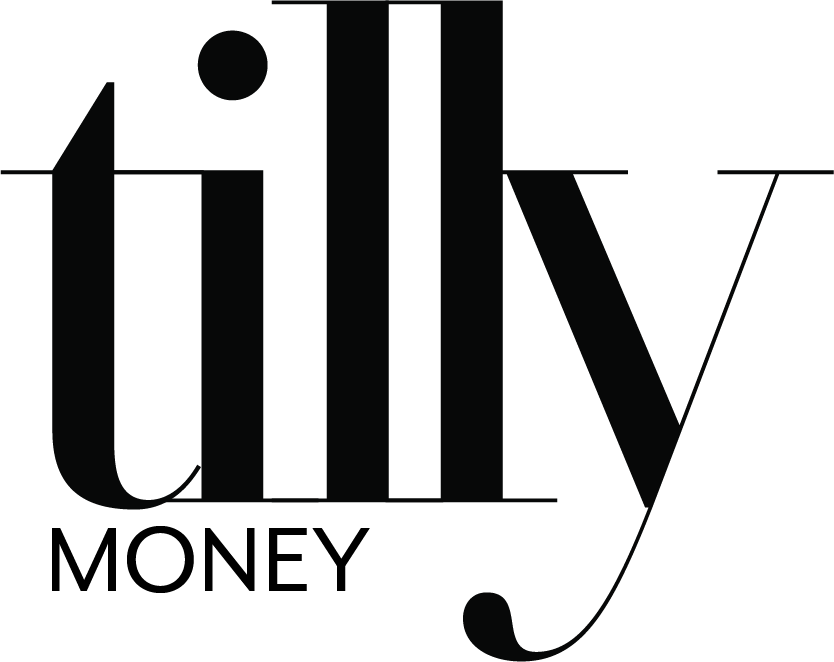Microfinance was created by Nobel- Prize winner Muhammad Yunus, a Bangladeshi economist, microfinancing pioneer and founder of the grassroots Grameen Bank. His concept is to assist the financially marginalized by providing them access to capital to allow them to start a business or work towards financial independence. The goals of microfinance initiatives are to promote economic development and self-sustainability, decrease unemployment and boost small business.
Microfinance encompasses microloans, micro-savings and micro insurance. With a microfinance loan/microcredit, the person borrowing takes on a reasonable small business loan but does not have to have income, credit history or collateral, which majorly differs to a regular loan. Micro-savings allow the account holder to have no minimum balance. Micro insurance allows the customer to access insurance with a lower rate with smaller premiums. Many of the recipients of micro finance are from developing countries and would otherwise have no way of acquiring a loan. Due to lower rates of interest and low monetary values being borrowed people are both able to invest in their business and themselves. Microfinance means the avoidance of taking out large loans and increasing debt. The loans available can be taken out by an individual or as a group and collectively apply to share the repayments.
Who does it benefit?
Microfinancing is arguably the solution for poverty and the low socioeconomic population. Although microfinance is generally used as a model in developing countries, the US did adopt the concept offering entrepreneurs loans under $50,000 to progress their business. Places that offer microfinance or microcredit are known as ‘Social Businesses’ which means they are enterprises that ‘trade to intentionally tackle social problems.’ The typical microcredit loan offered in developing countries range from $10 to $2000. There is a heightened focus through these social businesses to provide loans to women to increase employment and education throughout society. The CEO of Microfinance Institution Finca, Rupert Scofield states “Micro-credit schemes, for example, have been directed almost exclusively at women, because, it is argued, women invest the money in goods and services that improve the wellbeing of families, in goods that are conducive to development.” According to world finance experts, investing in women has positive effects on income opportunities, social rights, healthcare, education and political participation.
How does microfinance help with the fight for gender equality?
Opportunities such as microfinance work towards closing the gap in gender inequality in developing countries. Women-owned businesses work towards equality in the family and the respective communities, altering the traditional roles for male and female. This goes hand-in-hand with the phrase “women supporting women” as Rupert Scofield noted the following; “women-owned and women-operated businesses generally employ other women, so there is a ripple effect in the community. As one successful woman social entrepreneur put it, when women run their own businesses, there is no problem of a glass ceiling.” Creating a safe environment for women to be educated allows for lower child and maternal mortality rates; increased educational attainment by daughters and sons; higher productivity and improved environmental management.
Is microfinance effective?
Those who choose to use their loan in a way that doesn’t produce a return or profit to repay it, are an example of how the initiative is misused. However, this is an issue that can arise with any type of loan or repayment plan. For those who have invested in their future, the results are tenfold for both the immediate family and the community. Microfinance offers the majority women and some men a greater purpose in life and the possibility to start their own business and create an income. It is an initiative that encourages development and long-term solutions rather than a temporary fix. It is not necessarily the ultimate solution for poverty, but it is a leap in the right direction.




